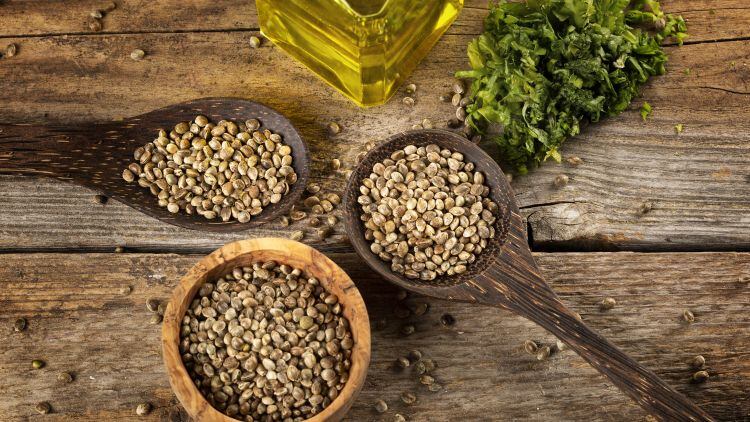Buying specialist Lynx Purchasing cited data from the Office of National Statistics (ONS), which reports the average price of restaurant meals last month (February) was up 6.4% year on year ahead of the overall inflation rate at 6.25%.
Managing director Rachel Dobson said: “We’ve all witnessed the horrifying events in Ukraine and hospitality operators and their customers understand the tragic human cost driving the need for sanctions but it’s also important they plan for the impact of the invasion and the measures to oppose it, on their businesses.”
Additionally, Lynx Purchasing’s Market Forecast stated the labour shortages impacting hospitality are also being seen in transport and distribution and that higher costs the sector is now facing may have to be budgeted for as the ‘new normal’ for the foreseeable future.
Dobson added: “There is now further pressure on hospitality and catering operators, who were already seeing unprecedented levels of food and drink inflation, driven by a combination of spikes in commodity prices, increased transportation and import costs, and higher labour costs.
“All this has to be factored into the prices suppliers charge to customers. The latest inflation figures from the ONS show restaurant prices were up 6.4% year on year in February.”
Plan for higher costs
This followed the warning from Lynx Purchasing that operators should plan for significantly higher poultry costs for the foreseeable future.
As the cost of feed is one of the biggest factors in poultry prices, the loss of grain from Ukraine and Russia will hit prices.
Furthermore, Ukraine and neighbouring countries such as Poland, which are facing disruption due to the invasion, are major processors of poultry, producing products for the catering market, Lynx said.
In addition, Ukraine supplies 60% of the world’s sunflower oil and the loss of this will inevitably lead to cost rises.
Oil prices on the global commodities market were already reported to have reached an all-time high at the beginning of the year (January), largely due to global weather challenges such as a drought in South America.
Lynx issued a further warning that operators can expect to see the impact on food bills in the months ahead as vegetable oils are used in the production of many staple foods.
Best practice advice
This is on top of higher fuel costs, which suppliers will factor into increased prices charged to operators and the likelihood energy suppliers are currently offering new fixed price contracts at very high rates.
“While we all hope the immediate crisis can be resolved quickly, the impact of the war itself and sanctions mean operators will now have to budget for high prices for some time to come, at the very least for the rest of this year,” Dobson said.
“The best advice to operators is to plan for costs that can’t be controlled and focus on those that can – one of which is purchasing.
“Best practice includes planning menus well in advance and consolidating orders to meet free delivery and minimum value thresholds.
“Our advice is to order earlier, keep speaking to suppliers about availability and to keep menu descriptions flexible to allow for changes if needed.”





